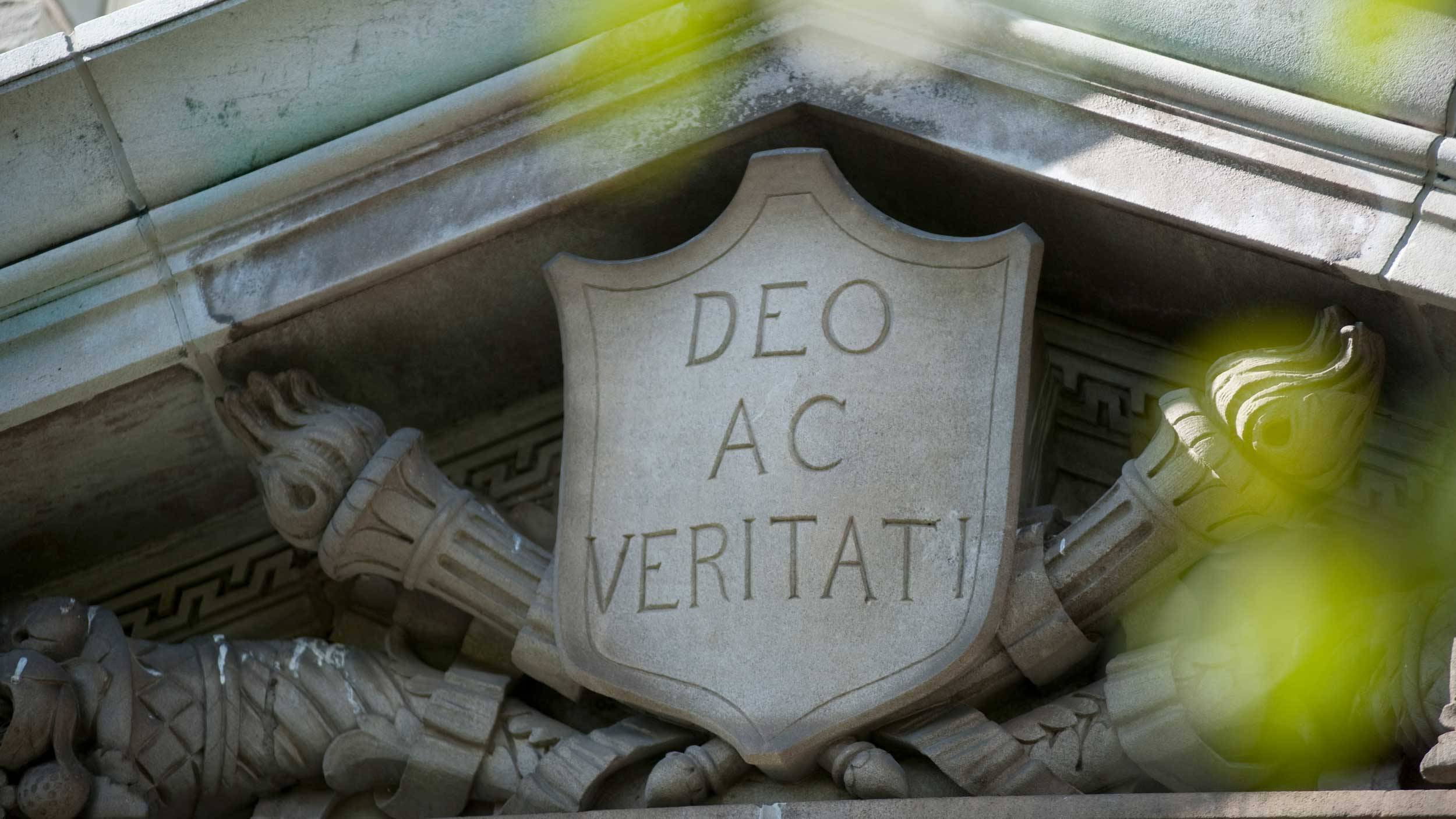Editor’s note: Wondering what’s happening in the classroom at Colgate? Here’s a glimpse into academic life on campus — a syllabus from a recent course.
HIST 387: Epidemic Histories
Tristan Tomlinson, Senior Lecturer in University Studies and History
Course Description:
In this 300-level course, students discuss historical epidemics — with attention to their causes and consequences. How did the epidemics start, and what are the challenges of writing their histories? How has the more recent COVID-19 pandemic influenced how we understand past epidemics? The section also connects students who study health with those who study history to consider current issues such as public policy and response.
Course Goals:
In addition to reviewing historical epidemics, students apply their knowledge of the past to the present. Their reflective style of learning enriches their understanding of the nuances of past pandemics, such as the 1918 flu pandemic and HIV/AIDS in Rwanda, and how they have shaped human behavior and responses to disease. Students also recount their experiences during the COVID-19 pandemic and consider how to place them in a historical context.
Key Assignment:
A 15-page research paper written on a topic of the student’s interest that focuses on a particular epidemic context, such as cholera in Victorian Britain or HIV/AIDS in southern Africa. These papers are drafted and peer-reviewed by classmates before submission.
The Professor Says:
I developed this course last year, and I taught it for the first time last fall. I understood that a review of epidemic histories is an inherently multidisciplinary thing. It’s really important to think about epidemics as not just biological but also social and political phenomena.
People often treat epidemics as natural disasters. But there’s no such thing as a natural disaster. When a volcano erupts, yes, that’s not caused by humans. But the effects that it has on human beings in society are highly contextual. It gets at societal structures, development patterns, and inequalities.
I’m looking for my history students to realize the importance of reaching out beyond history, and I’m hoping that my natural science concentrators realize the importance of thinking historically in their own way.
